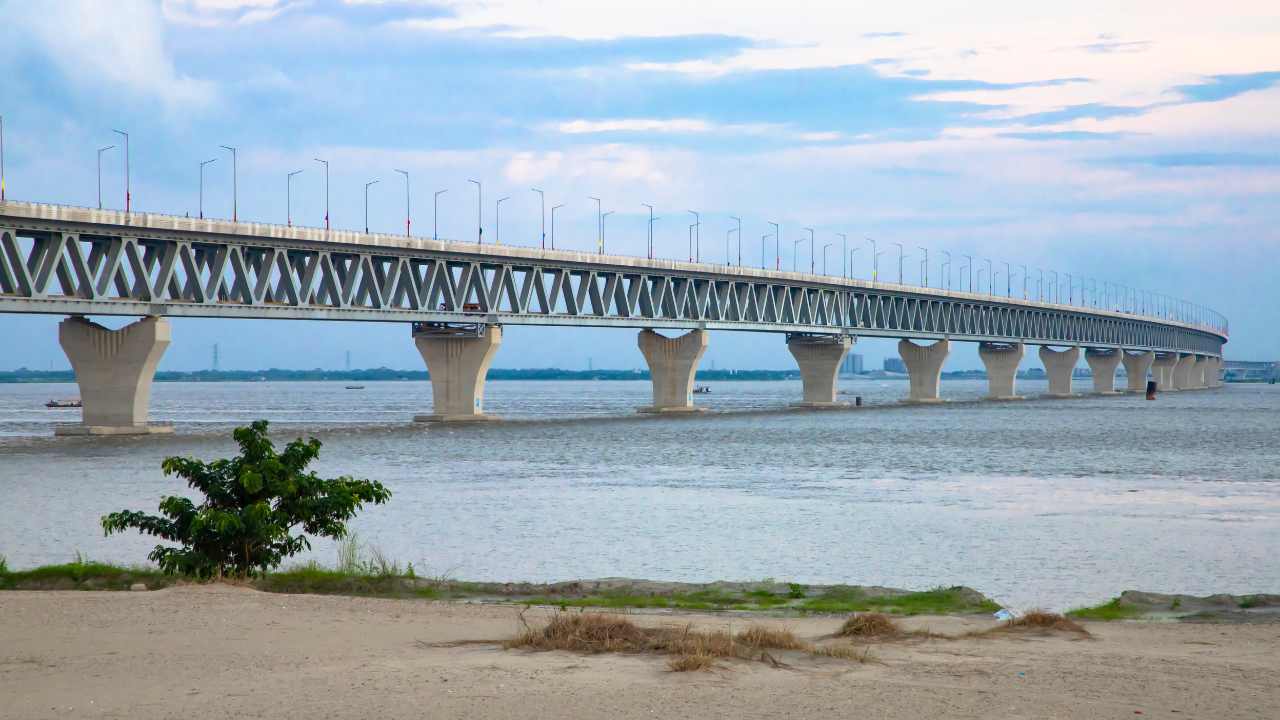The Role of Bangladesh Railway in Transportation Infrastructure
The Role of Bangladesh Railway in Transportation Infrastructure

Table of Contents
Bangladesh Railway stands as a vital component of the nation’s transportation infrastructure, playing a pivotal role in connecting communities, facilitating trade and commerce, and fostering economic development. With a rich history spanning over a century, Bangladesh Railway has evolved into a modern and efficient railway network, serving as a lifeline for millions of passengers and businesses across the country. In this article, we’ll delve into the significance of Bangladesh Railway in shaping the nation’s transportation landscape and driving connectivity.
History of Bangladesh Railway
The roots of Bangladesh Railway can be traced back to the British colonial era when the first railway line was constructed between Calcutta (now Kolkata) and Darshana in 1862. Over the years, the railway network expanded steadily, with the construction of additional lines and the introduction of new services to serve the growing needs of the population. Following the partition of British India in 1947, Bangladesh inherited a portion of the railway network, laying the foundation for the modern Bangladesh Railway system.
Infrastructure and Network
Today, Bangladesh Railway boasts an extensive network that spans across the length and breadth of the country, covering major cities, towns, and rural areas. The railway network comprises mainline tracks, branch lines, and loop lines, connecting key destinations and facilitating passenger and freight transport. With over 2,855 kilometers of track and more than 450 stations, Bangladesh Railway operates a diverse fleet of locomotives, passenger coaches, and freight wagons, ensuring efficient and reliable transportation services for passengers and cargo.
Services and Operations
Passenger Services
Bangladesh Railway offers a wide range of passenger services catering to the diverse needs of travelers. From commuter trains and intercity services to express trains and luxury trains, passengers have access to convenient and affordable transportation options to reach their destinations. The railway network serves as a lifeline for millions of commuters, providing a safe, comfortable, and environmentally friendly mode of travel across the country.
Freight Services
In addition to passenger transportation, Bangladesh Railway plays a crucial role in facilitating the movement of goods and commodities across the country. The railway network serves as a cost-effective and efficient means of transporting bulk cargo such as coal, cement, fertilizer, and agricultural products. With dedicated freight trains and specialized freight services, Bangladesh Railway contributes to the growth of industries, supports agricultural production, and enhances trade connectivity with neighboring countries.
Special Services
Bangladesh Railway also offers special services and initiatives to cater to specific needs and segments of the population. These include:
- Parcel and Courier Services: Bangladesh Railway provides parcel and courier services for the transportation of small packages and parcels between major cities and towns, offering a reliable and economical alternative to traditional courier services.
- Tourist Trains: To promote tourism and cultural heritage, Bangladesh Railway operates special tourist trains that offer scenic journeys to popular tourist destinations across the country. These tourist trains provide travelers with a unique opportunity to explore Bangladesh’s rich cultural heritage and natural beauty.
Contributions to Economic Development
Facilitating Trade and Commerce
Bangladesh Railway plays a critical role in facilitating trade and commerce by providing an efficient and cost-effective transportation solution for goods and commodities. The railway network serves as a key link in the country’s logistics chain, connecting major industrial hubs, ports, and border crossings, and enabling the seamless movement of goods to domestic and international markets. By reducing transportation costs and transit times, Bangladesh Railway contributes to the competitiveness of industries, promotes exports, and supports economic growth and development.
Promoting Regional Connectivity
Bangladesh Railway serves as an important link in the region’s transportation network, connecting Bangladesh with neighboring countries such as India, Nepal, and Bhutan. Through international rail links and cross-border trade routes, Bangladesh Railway facilitates regional connectivity, trade integration, and economic cooperation, fostering closer ties and mutual prosperity among South Asian nations.
Future Prospects and Development Initiatives
Modernization and Expansion
To meet the growing demand for transportation services and enhance operational efficiency, Bangladesh Railway is undertaking ambitious modernization and expansion initiatives. These include:
- Infrastructure Upgrades: Bangladesh Railway is investing in the upgrading and modernization of railway tracks, stations, and signaling systems to improve safety, reliability, and capacity.
- Rolling Stock Renewal: The railway is procuring new locomotives, passenger coaches, and freight wagons to replace aging equipment and enhance service quality and comfort for passengers.
- Electrification Projects: Bangladesh Railway is exploring the electrification of key railway corridors to reduce emissions, improve energy efficiency, and enhance operational performance.
Conclusion
Bangladesh Railway stands as a symbol of progress and development, playing a vital role in connecting people, facilitating trade, and driving economic growth. With its extensive network, modern infrastructure, and diverse range of services, Bangladesh Railway continues to serve as a lifeline for millions of passengers and businesses across the country. As the nation embarks on a journey of modernization and expansion, Bangladesh Railway remains committed to providing safe, reliable, and sustainable transportation solutions for generations to come.




